New fees, no snacks, and no middle seats – what flights in SA will look like during Covid-19 depatures.
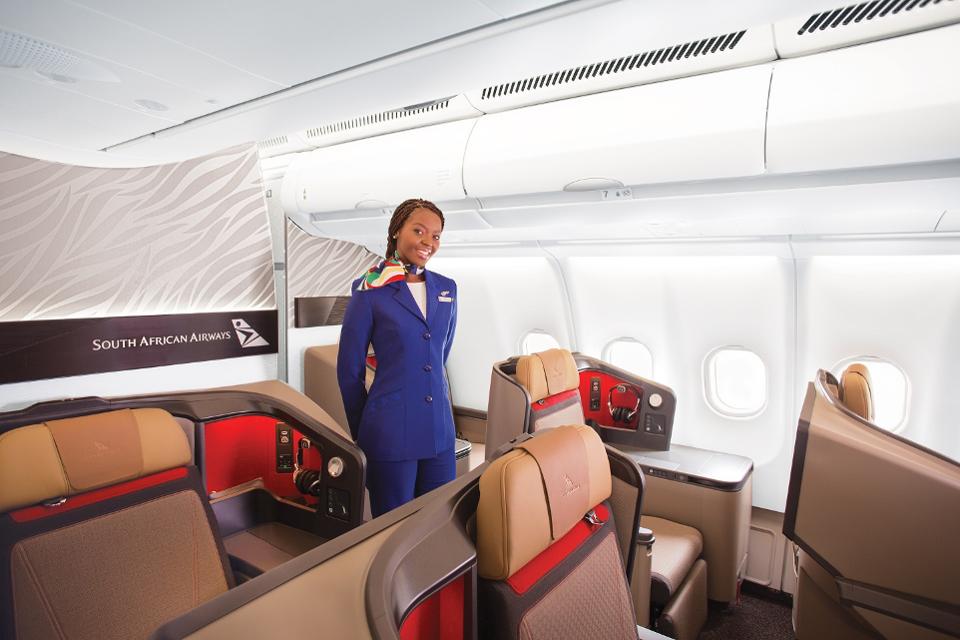 The coronavirus has upended the global aviation industry, and airports, boarding procedures and airplane interiors will look markedly different when air travel returns to South Africa in coming months, with Covid-19 still around.
The coronavirus has upended the global aviation industry, and airports, boarding procedures and airplane interiors will look markedly different when air travel returns to South Africa in coming months, with Covid-19 still around.
Airlines able to survive the pandemic are likely to place an emphasis on protecting, and reassuring, passengers who are willing to once again fly.
In order to do this, airlines will be conducting thorough deep cleans of their planes – with a special focus on high-touch surfaces like handles, tray tables, and armrests.
During the day and between plane turnarounds, FlySafair’s Kirby Gordon says it will sanitise the aircraft with chemical sprays and wipes. In the evening, they’ll use electrostatic sprayers, which create charged droplets that adhere to surfaces.
“This allows the disinfecting agent to get and stick everywhere – even in cracks and underneath seats and all those hard to reach places,” says Gordon. “During the day, between flights, we’ll use aerosol foggers which also get really good coverage, but maybe not quite as good as the electrostatic sprayers.”
Gordon says unlike hand sanitising, which lasts only as long as hands don’t come into contact with a contaminant, the “dwell time” on these agents is up to 24 hours, “which means that they remain actively disinfecting a surface for an extended period”.
In-flight air filtration
There’s a common belief that air circulates through a plane repetitively, creating an environment for bugs to spread with ease, says Gordon. But the reason most people get sick on a plane isn’t because of dirty cabin air.
“Covid-19 is not actually airborne as far as we know, except for as much as respiratory droplets can be liberated through coughing or sneezing – and masks largely take care of that,” he says.
Even so, most modern aircraft are fitted with High Efficiency Particulate Air (HEPA) air filters that Gordon says will add another layer of protection.
“These are the same used in surgical theatres and are very effective at filtering our the viral particles. More than this they completely recycle the air in the cabin every three minutes, so there’s a strong process going on.”
Modern aircrafts also have multiple air intake locations, which limit air movement across the cabin.
“The filter intakes are all along the sides of the aircraft cabin along the floor, and the outlets are above you, so the air flown is downward, which is a further protective measure,” says Gordon.
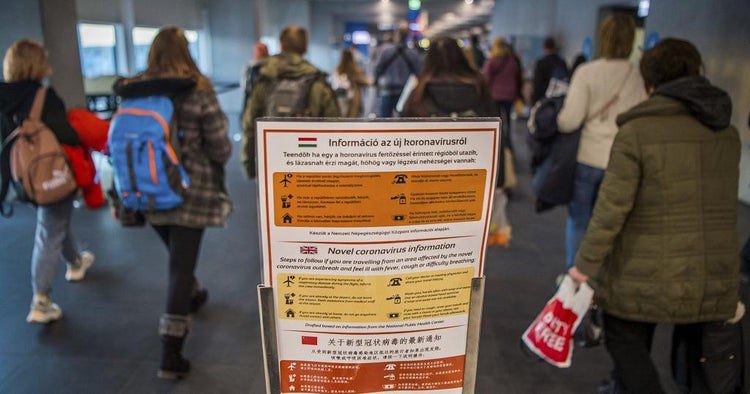 Masks, hand sanitisers, and temperature checks
Masks, hand sanitisers, and temperature checks
With these pre-flight sanitation measures in place, airlines are starting to look at their planes as sanitised safe spaces – much like a hospital operating theatre.
This has implications for passengers about to board.
All passengers will need to sanitise hands and don a mask prior to boarding – which FlySafair will provide.
They’ll also be taking the temperatures of all passengers – and anyone who registers a temperature of 38 degrees Celsius or higher will be sent home.
No touching
Airlines are also putting a greater emphasis on creating a “no-touch” environment.
Passengers will not be required to hand over an identity document to the check-in staff, and will self-scan themselves onto planes, preferably with digital boarding passes.
This trend will continue once on board.
“The first surface a passenger should have to touch should be the seatbelt when they fasten it,” says Gordon.
FlySafair is also pulling all physical copies of their previously heavily-recycled in-flight magazine from the seat pockets – and passengers will now have to consume this content digitally, should they wish.
There won’t be any drinks and snacks, except for water, sold on board either – to avoid the back-and-forth of food and payments. Hungry passengers will need to pack their own food, and go without alcohol.
“Social distancing seating” up-sells and Covid fees
Passengers will have to bear some of the financial burden of Covid-19 prevention measures – and may be tempted by Covid-19 add-ons like “social distancing seating”.
The International Air Transport Association has said that wearing a mask is sufficient to stay safe while on a plane, and advised airlines against implementing on-board social distancing measures, but Gordon says it’s understandable that people would prefer to keep their distance.
“The fear is of course around sitting next to a stranger who might be carrying infection,” says Gordon.
Because of this, some airlines – including FlySafair – are planning to up-sell seating – much like the emergency exit seats on old – for passengers who want to guarantee an empty seat next to them.
The airline will fill all window and aisle seats first, before they allocate middle seats, but have also introduced the option to book out that middle seat for a “small fee”, so that passengers can be certain the seat remains open.
In order to cover the costs of these new measures – and presumably the loss of income from in-flight snacks – FlySafair is also implementing a mandatory R20 “Covid-19 fee” for all passengers who fly during the pandemic.
This R20 will cover the temperature screening, hand sanitiser, face mask, and aircraft sanitisation practices.
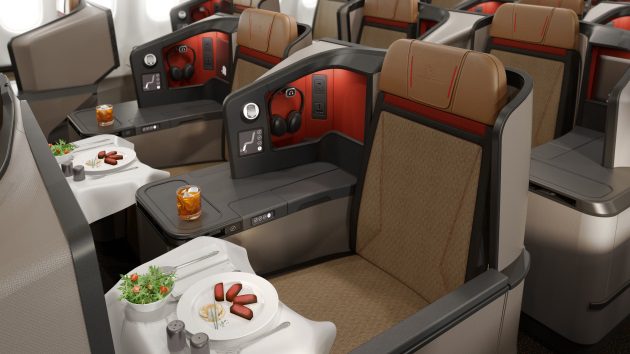 The cost of air travel during Covid-19
The cost of air travel during Covid-19
With available domestic airline options likely to be limited in South Africa after the coronavirus lockdown, there’s been speculation on possible ticket price increases.
But South African Tourism has said that once flight bans have been lifted, tickets for local airlines will likely be cheaper, and FlySafair believes tickets will be surprisingly affordable once airspace reopens.
“Of course the price of air tickets is entirely set by supply and demand, but our expectation is that the demand at launch will be incredibly soft and that the supply will far outweigh it,” says Gordon.
The airline will be launching with limited schedules because they are doubtful they will be able to fill all available planes – and they’re not expecting to make money again from the outset.
“Profitable would be lovely, but it’s unlikely. At this stage we just need them to generate enough income to start offsetting their lease costs.”
As demand grows and a route is starting to generate some profit, Gordon says the airline will add additional aircrafts to the specific route.
“This will immediately increase supply and again reduce ticket prices while we slowly build up again. It’s far better for us, within reason, to have more of our fleet flying and off-setting lease costs, than it is to one aircraft in the air shooting the lights out and 16 on the ground costing us a lot of money,” he says.
The only thing FlySafair believes could inflate fares is a mandatory block on all middle seats – which Gordon says is something in discussion.
“Doing this would increase our operating cost per viable seat by at least 33%, because a third of our capacity would be chopped out. This means that ticket prices would be a little higher purely because that break-even point would need to be achieved through selling fewer seats.”
But aside from the additional fees, until demand is back up to pre-Covid levels, Gordon is confident that flying is likely to be affordable for some time after the flight bans have lifted.

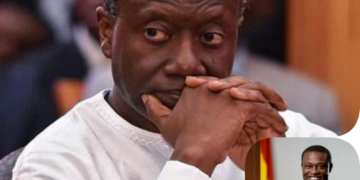
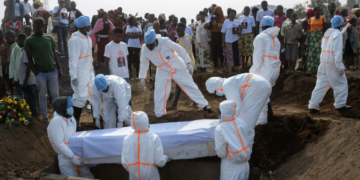
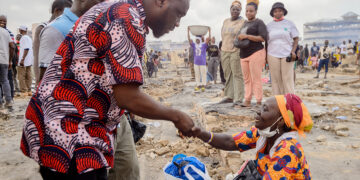




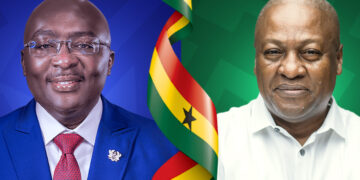

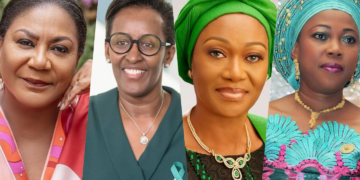
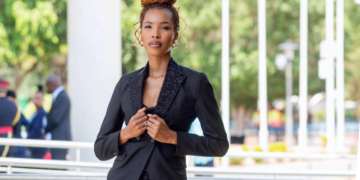
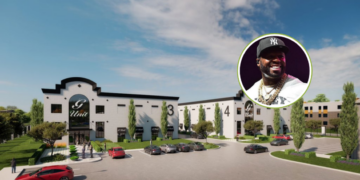

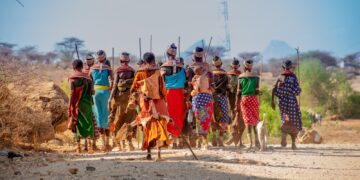
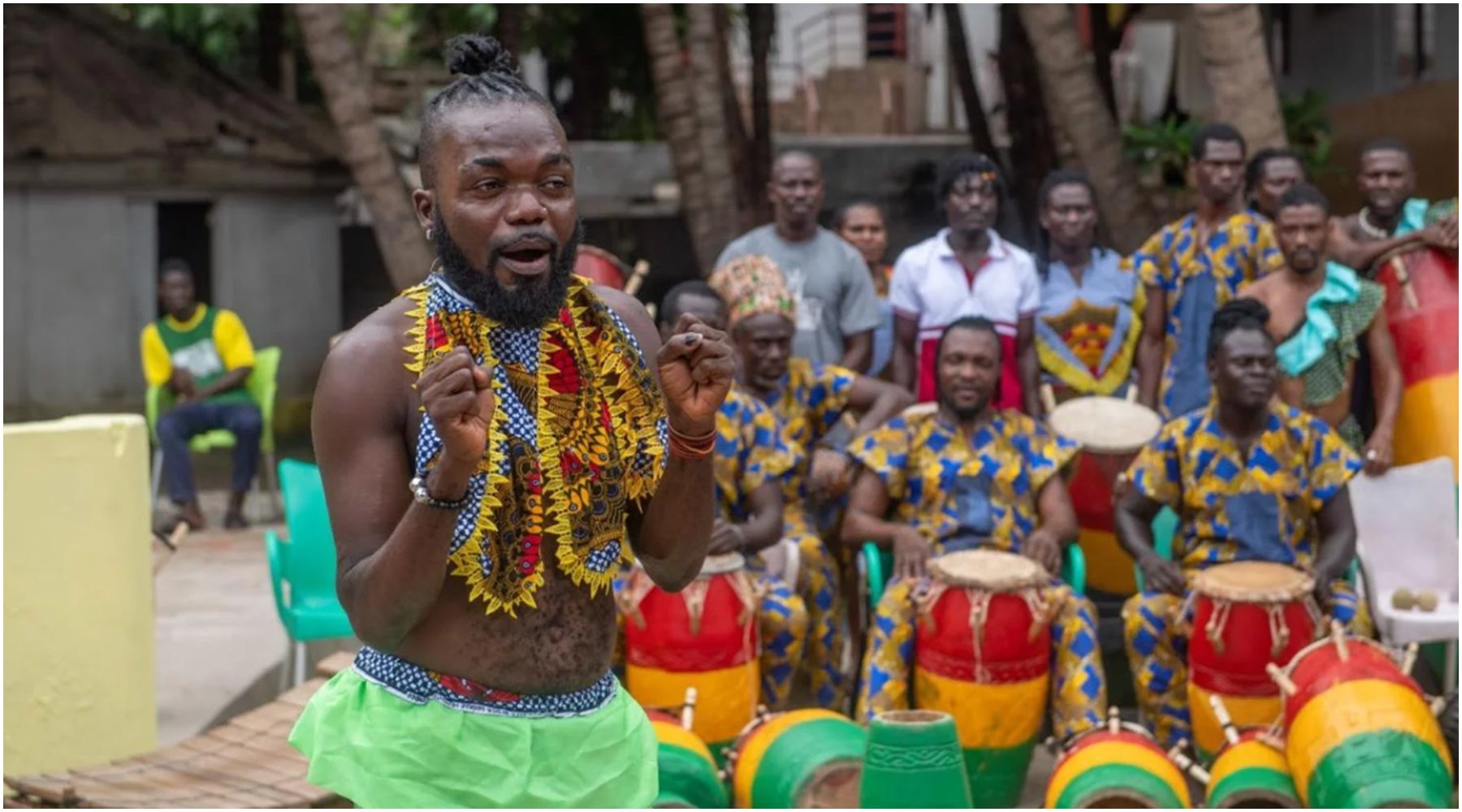





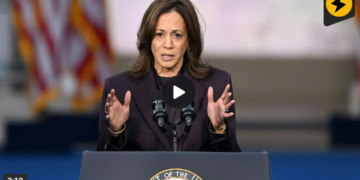
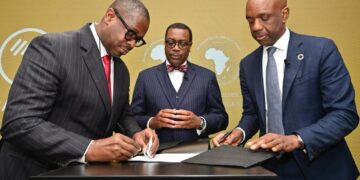
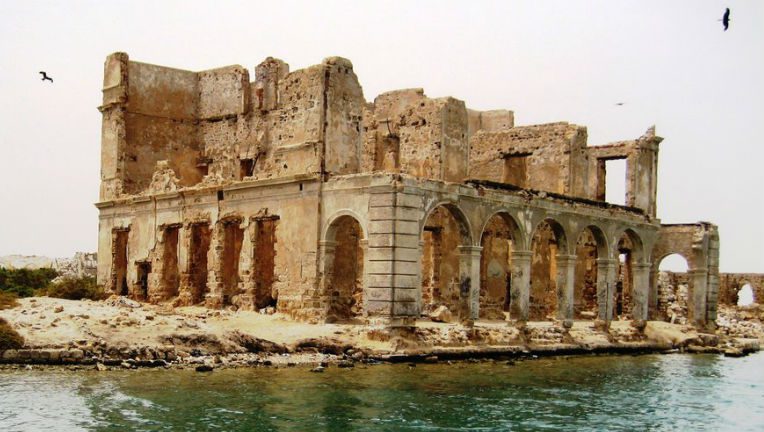

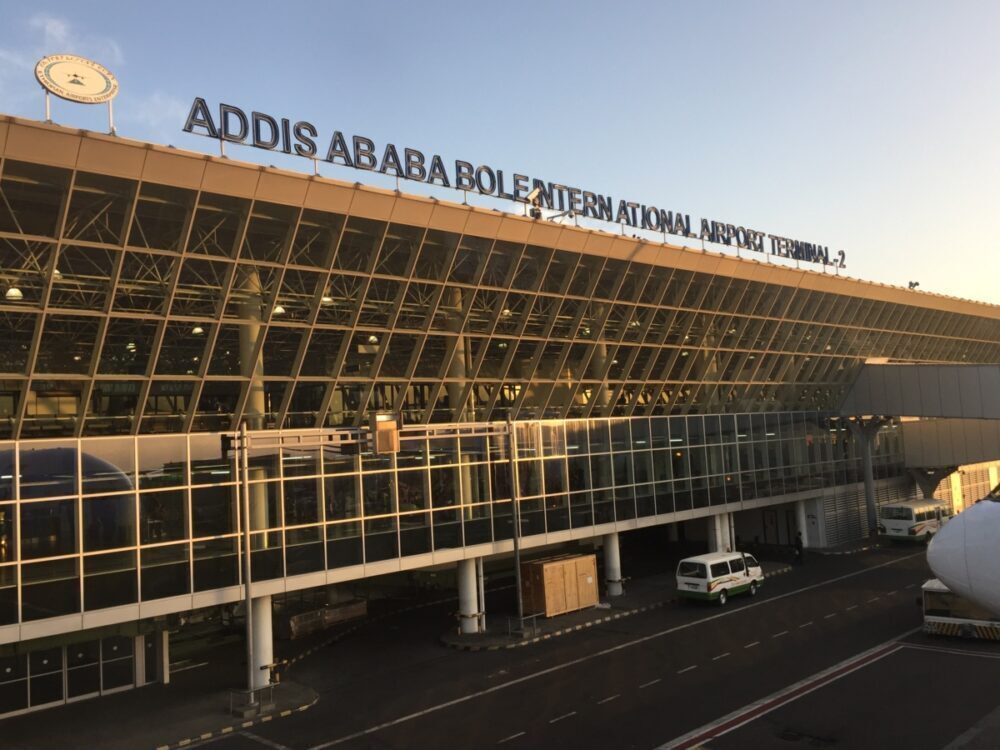
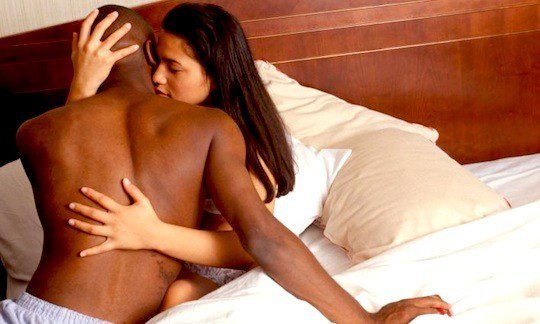





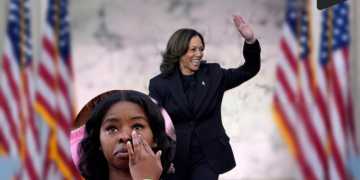







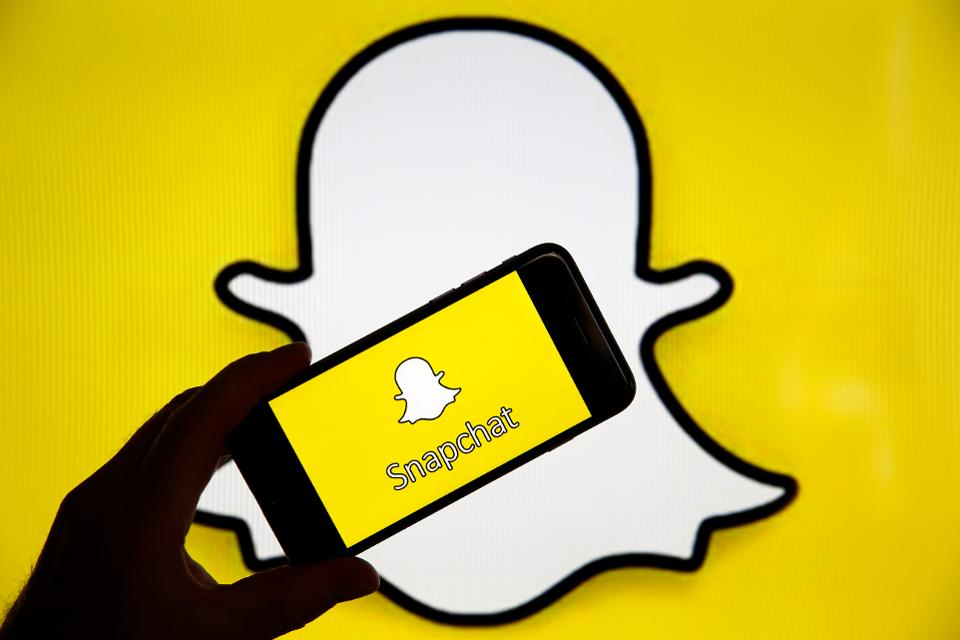
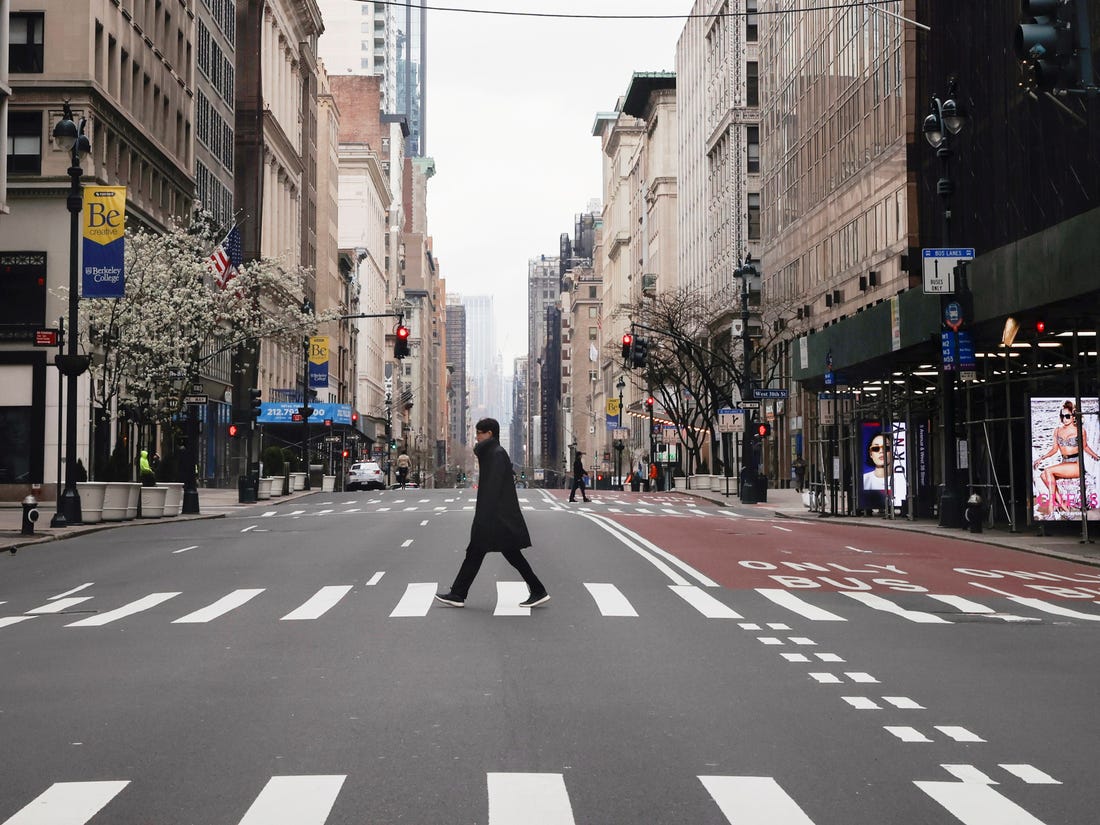
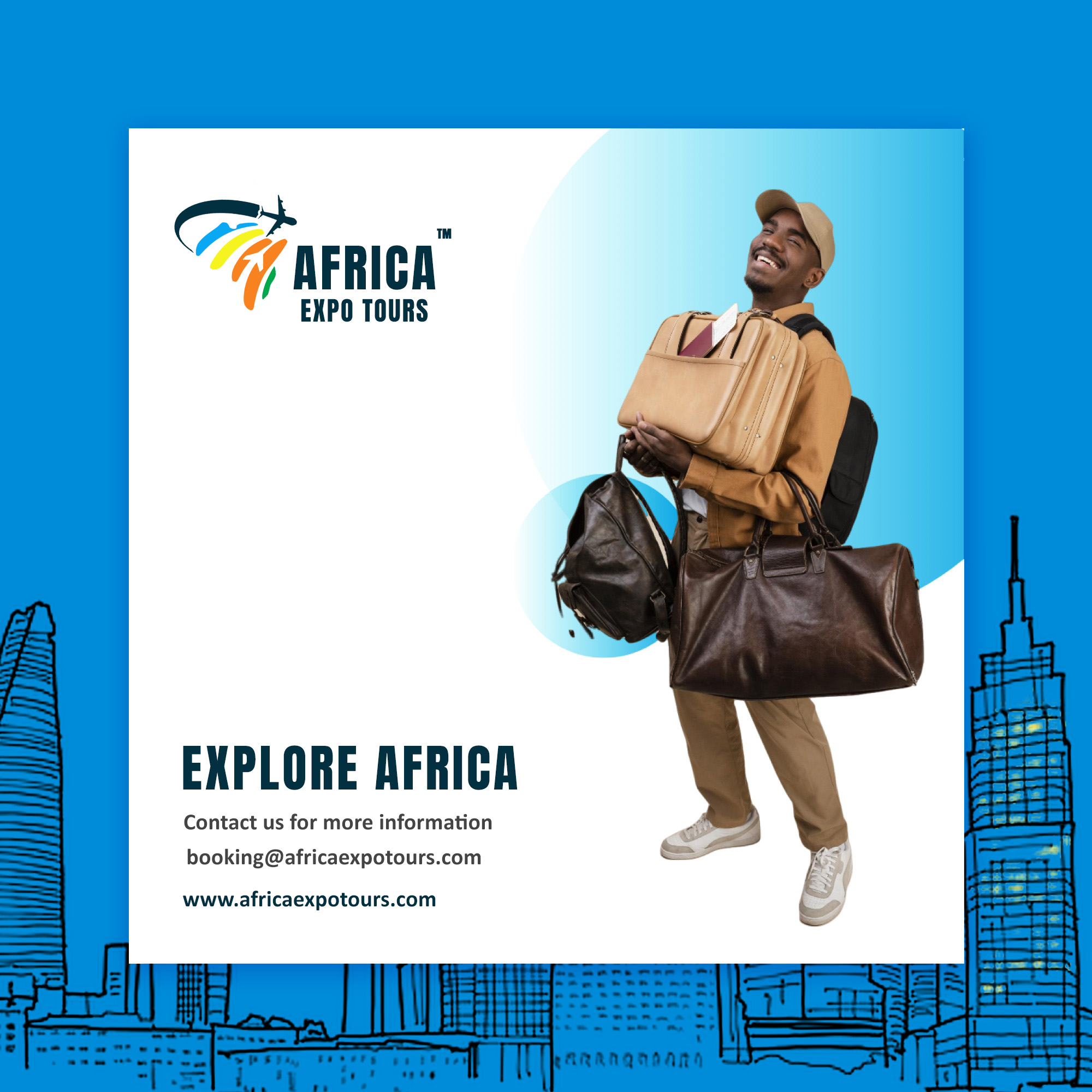
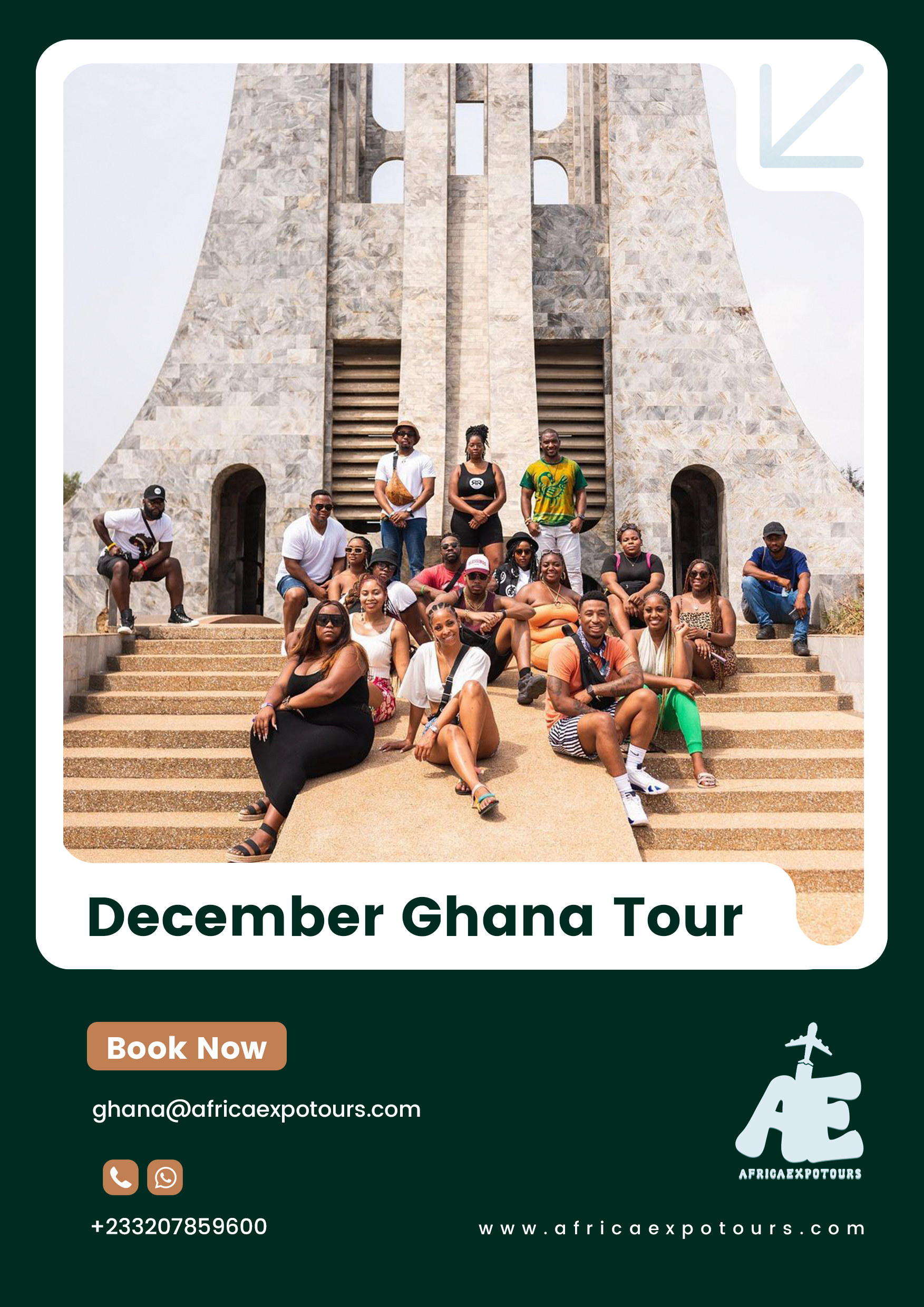
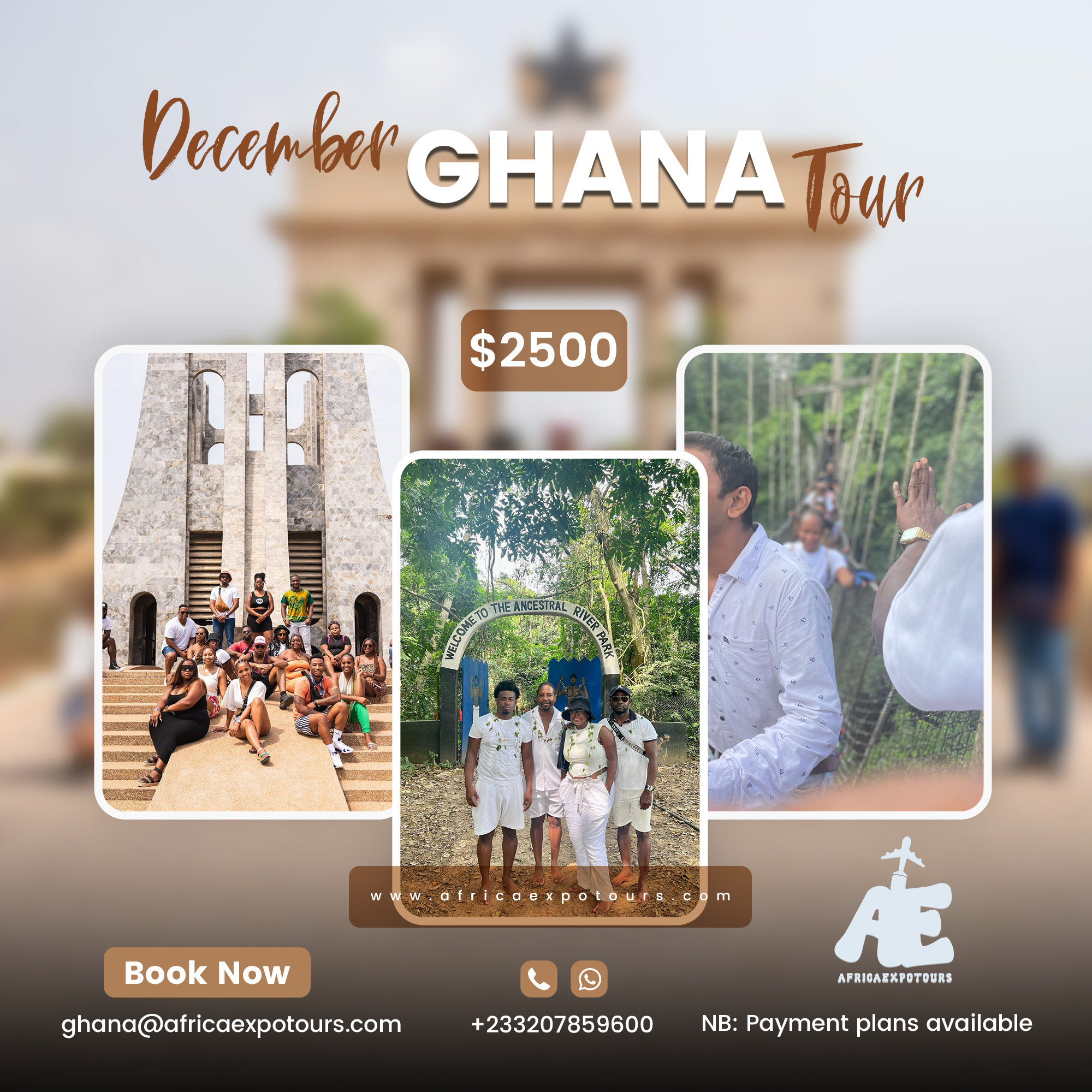











Discussion about this post